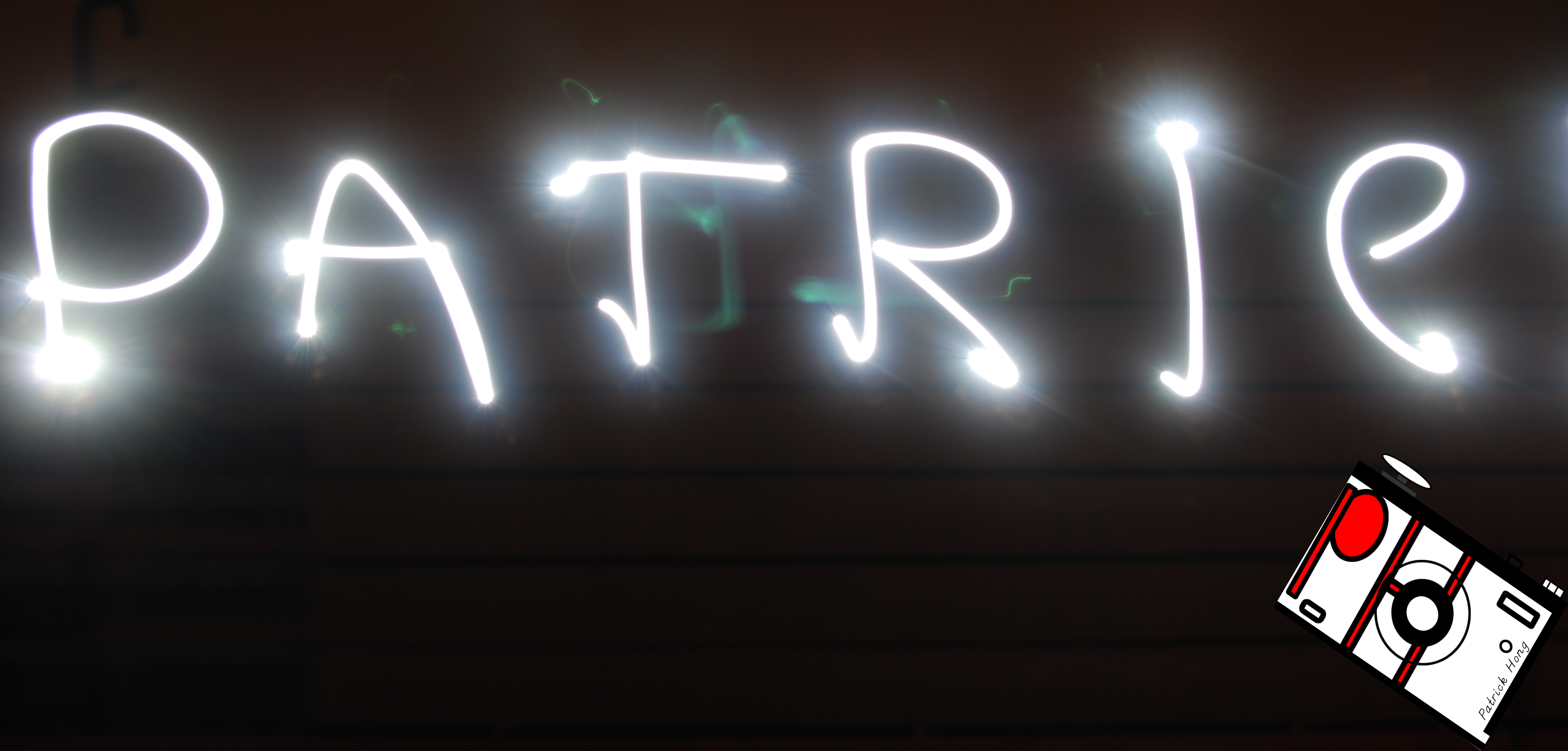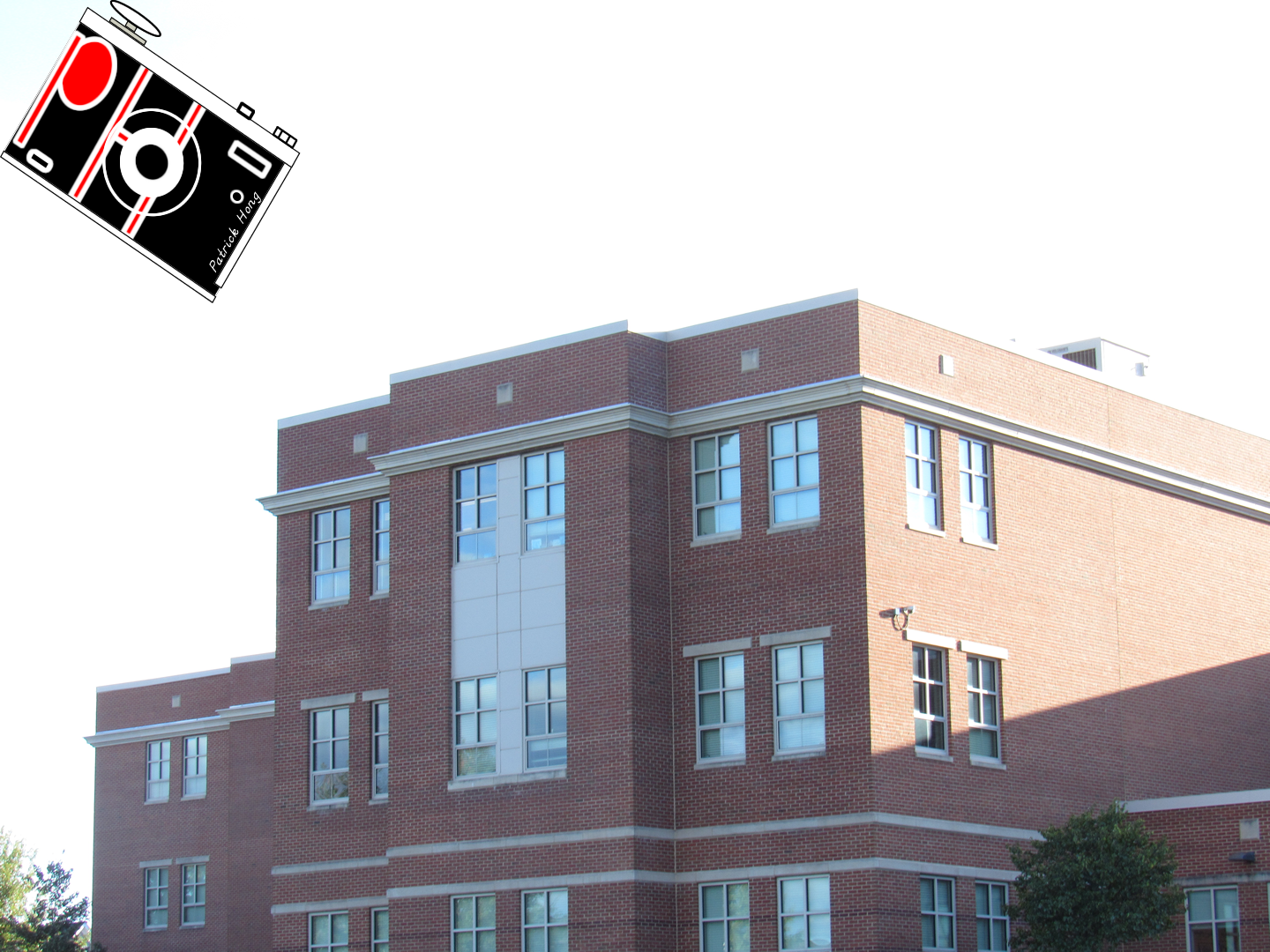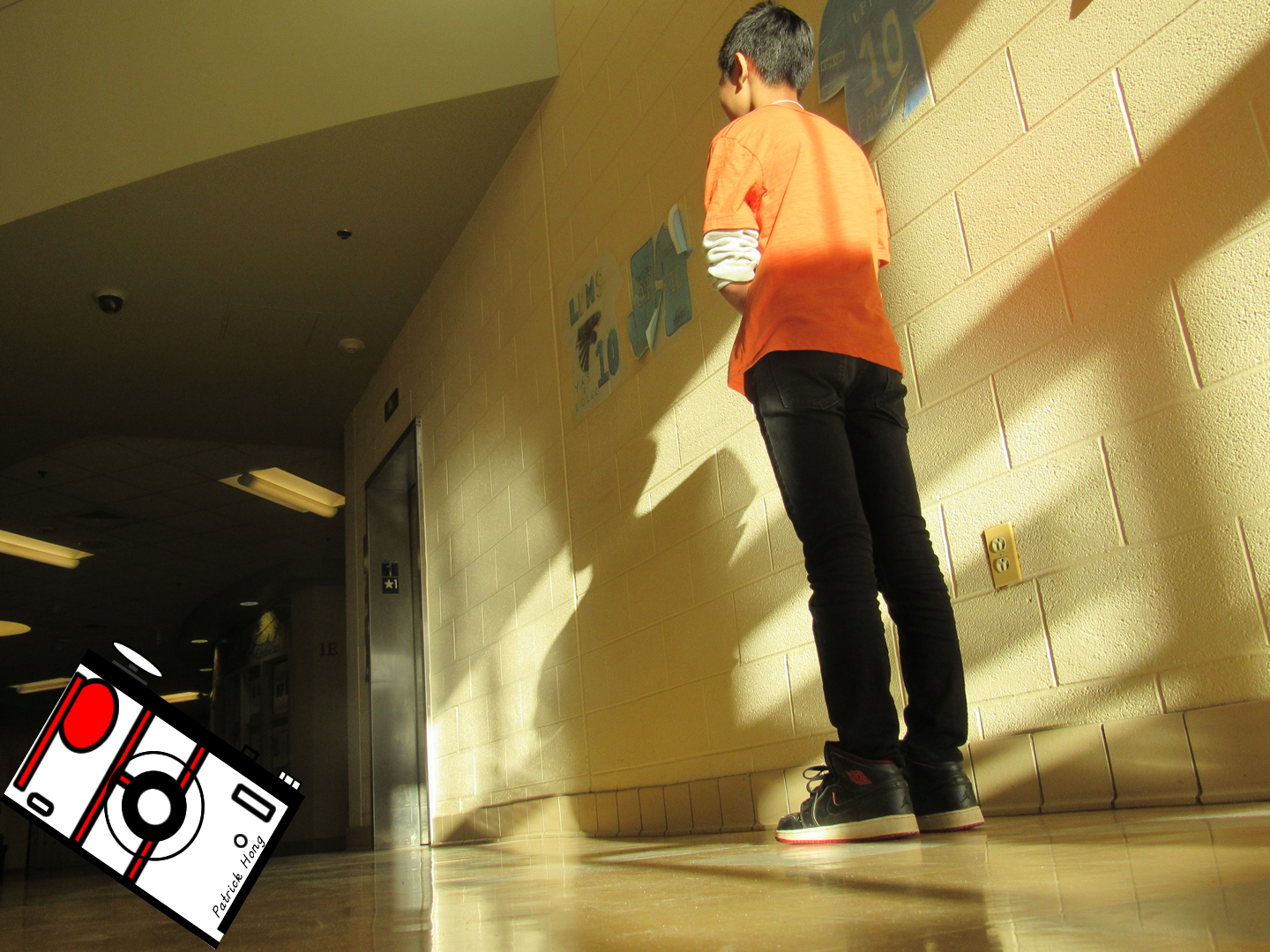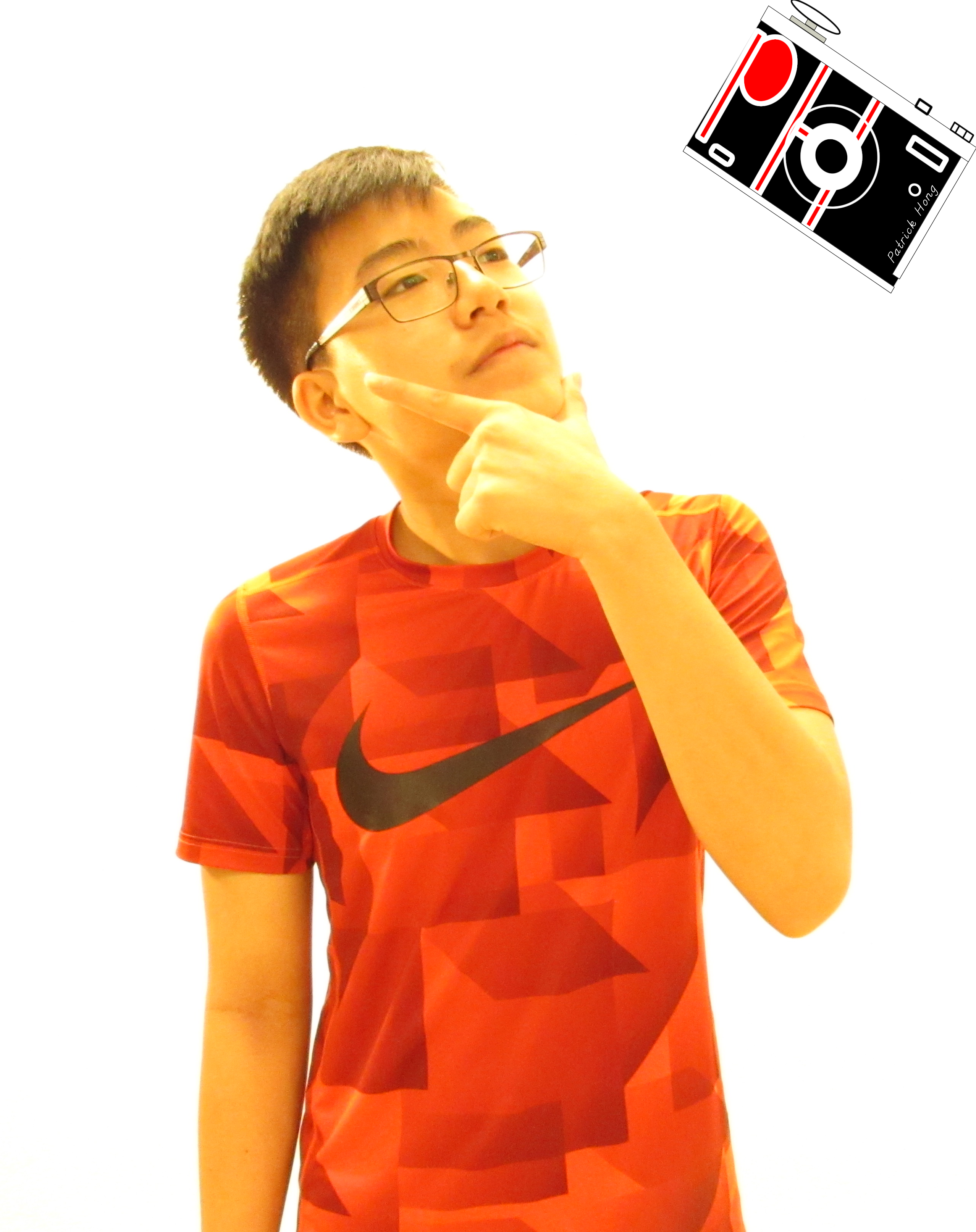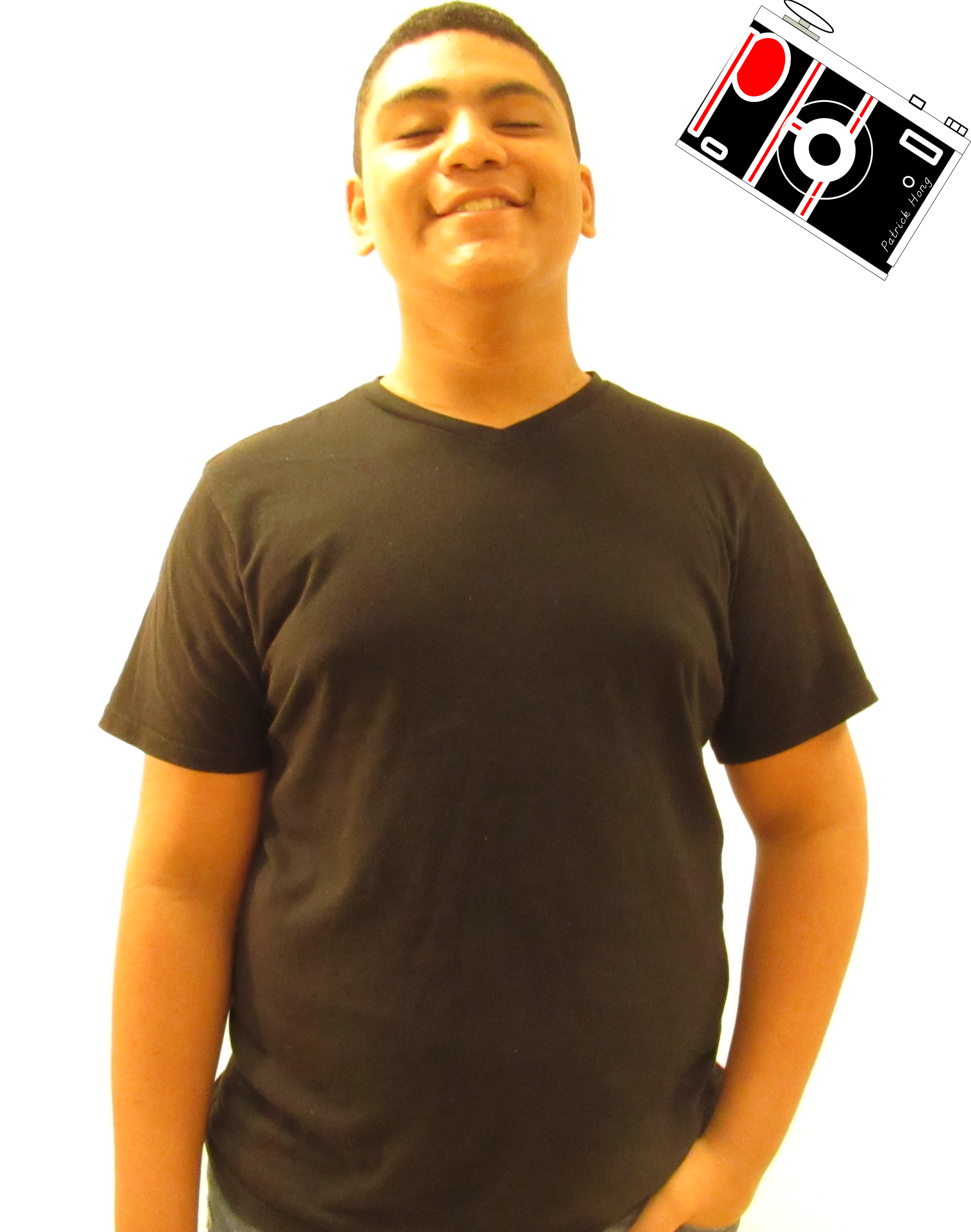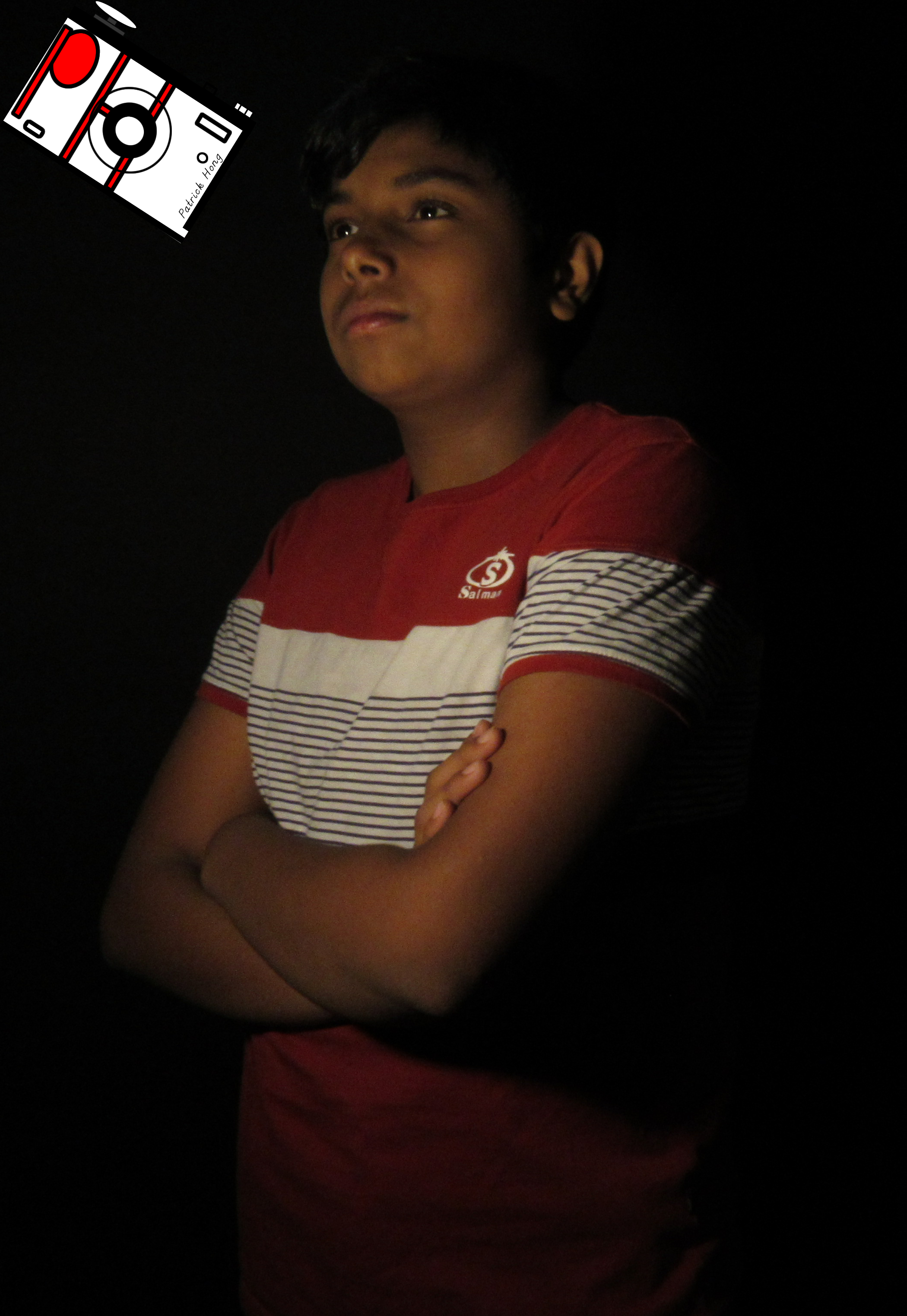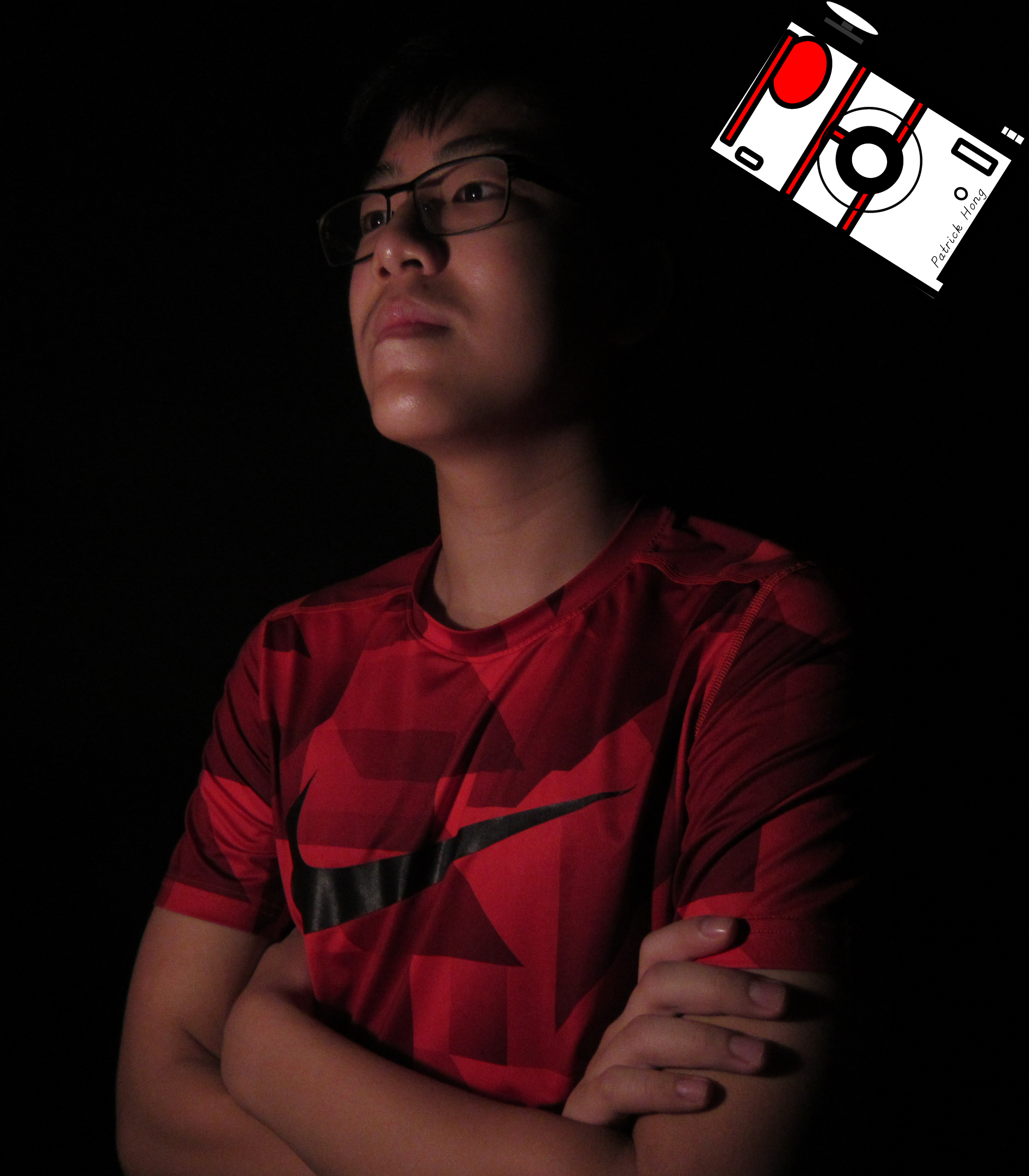For this project we went to the gym to create light graffiti in the dark. We first had to turn off all the lights and set up the camera. To take these types of photos we had to change the shutter speed so that the camera would stay open for a long time to take in the light while we draw the image we wanted to create using light from our phones or other light producing object. The camera we used had the bulb setting which allows us to keep the camera open for as long as we wanted to which allows us an infinite amount of time to draw our images. All we had to do was hold the button that takes pictures until we finished, then the light graffiti image will be created. If we wanted light to show up we would shine the light towards the camera. If we wanted to highlight an object we would shine it away from the camera, while “highlighting” the object. What didn’t work for this project was drawing “perfectly”. It was difficult to remember where we already shined the camera at and how big the camera’s range was. What was easy was that we had the bulb setting which allowed us to draw as long as we wanted, unlike other cameras that only gave you several seconds. I was frustrated at my group sometimes because they would fool around or they couldn’t draw very well. Also at some times the camera would act weird and if we didn’t draw the picture fast enough, the light in one area would be much brighter than the rest of the picture. I think that this project would be even better if we had several people drawing at the same time with many different lights. We could draw a forest or a city which would be cool. One of my favorite pictures is shown below. It is a picture of my name, but the k was cut off due to the lack of room. The rest can be found here.
